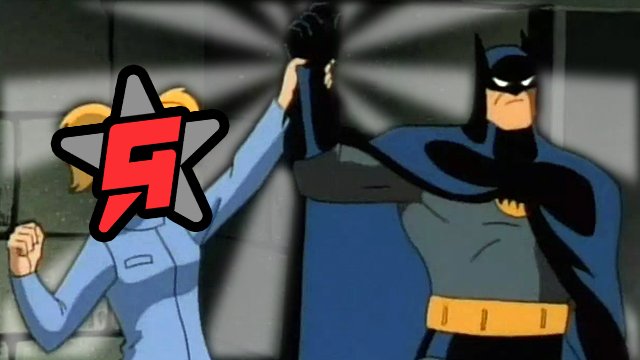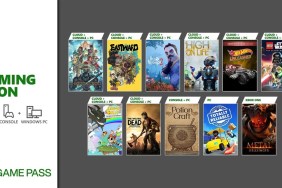Batman looks good for a 79-year-old man. He’s conquered comics, film, video games, television, and (probably) underwear throughout his lengthy career. Certain parts of his time fighting crime have aged better than others, but few still look as good as the Batman: The Animated Series that debuted in 1992 on Fox Kids. Its upcoming release on Blu-Ray is a good reminder of why The Animated Series took off in the first place. Not only did it respect the Dark Knight’s past, but also made an impression that stood out back then and continues to be influential now.
Batman: The Animated Series: The Ghost of Batman’s Past
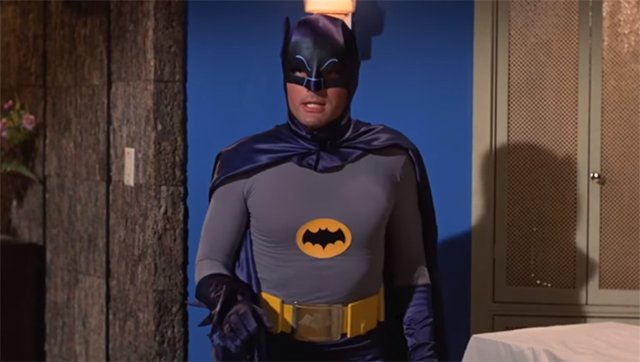
When The Animated Series started, it already had 53 years of Batman lore behind it from the old Adam West TV shows to the 1989 Tim Burton film simply titled Batman. And most of those renditions had a slightly different take on the Dark Knight. From campy to gritty, Batman ran the spectrum and didn’t have a rigid foundation that every piece of media strictly followed. Instead of following any one Batman, The Animated Series took from almost all of it.
In what was a love letter to its predecessors, The Animated Series knew what to grab and where to grab it from. Bruce Wayne in the hit 1990s cartoon was not as serious as Keaton’s most recent rendition nor was he as goofy as Adam West. He was a decent blend of the two with some of the darker tones peppered in from the 1970s and 1980s.
Batman: The Animated Series knew when bounce between inspirations. Bruce was goofier than he was in the two prior decades while not forgetting that he was the god damn Batman that would grumble threats into any of Falcone’s goons. It gave the show a masterful balance of tone but also cleverly paid homage to the Batmen of years past.
Batman: The Animated Series: The Ghost of Batman’s Present
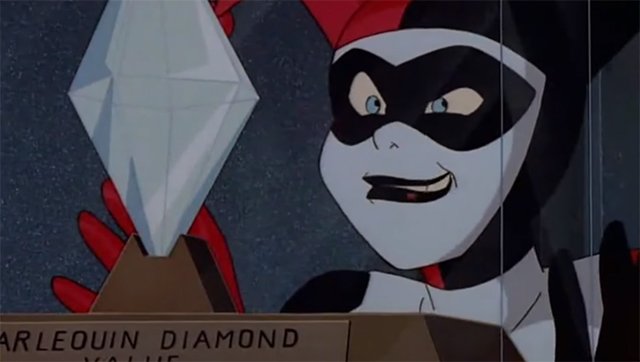
That’s not to say that Batman was just a mish mash of old material gussied as something new. The Animated Series made some key contributions to the Batman mythos as a whole. Some of these changes were entirely new additions while others were clever remixes that went on to become the new standard.
Harley Quinn is one of The Animated Series’ biggest gifts to the overall lore. What began as a run-of-the-mill henchwoman for the Joker, exploded in popularity, only taking a year to jump into the comics. Psychotic yet full of empathy, she became a new face that viewers took to at the time. While the other known characters were well realized, the fact that Harley Quinn originated in The Animated Series forever tied her to that show and still remains one of her best renditions. Renee Montoya, one of the main cops in Gotham, also was created in 1992 and appeared in other Batman media, but she wasn’t quite as popular as Harley Quinn.
But the series also remixed old villains and gave them a better backstory. Mr. Freeze is the most obvious example, as the Emmy-winning Heart of Ice turned a bland Popsicle of a bad guy into a sympathetic one. Like his signature power, Clayface went through a similar transformation. He began as a D-list villain and appropriately morphed into someone worthy of complexities and depth. These were big deals at the time because it showed that the series could make something new out of something old and put its own original mark on the series in the process.
The series originally made its mark by being a darker alternative to other children’s television shows. The creators wanted the show to be darker, something that would directly go against the Transformers and G.I. Joe cartoons meant to peddle toys to kids. While they had to fight and struggle keep the show dark (and sometimes lost), it became one of its differentiating factors at the time. Visually, its “dark deco” art style immediately contrasted with everything else and, while it has aged incredibly well, gave the show a uniquely, one-of-a-kind look at the time.
Batman: The Animated Series: The Ghost of Batman’s Future
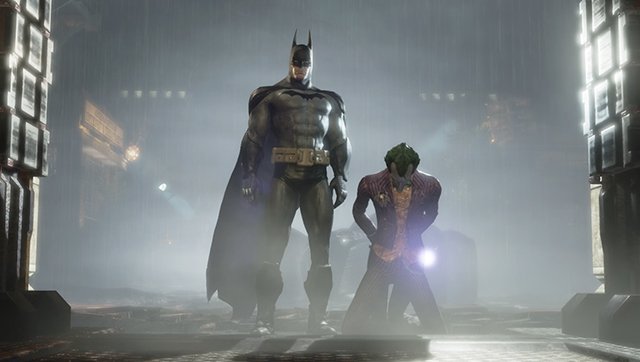
Everything I’ve just listed has stood the test of time and played an instrumental role in making The Animated Series a classic television show. And while it took from the past and was big at the time, it has also directly shaped what and how we think of Batman today.
Kevin Conroy’s Batman and Mark Hamill’s Joker made their debut in 1992 and subsequently became the de facto renditions of their respective characters. Conroy’s gravitas and Hamill’s instability boiled down the essence of each character better than anyone who came before and after. It’s why they still both voice those characters in other forms of media from games to other animated shows. The roles defined the characters for an entire generation and still follow them around to this day.
The main Arkham video game trilogy snatched up both stars to continue their iconic roles in the Rocksteady-developed games, but they also borrowed the style of the show’s acrobatical fisticuffs and predatory stalking. The way the Bat beats down a group of thugs and moves through the shadows near armed henchmen feels like concept art for what would later be the core gameplay systems in the Arkham games. Paul Dini, writer, editor, and producer for The Animated Series, even wrote Arkham Asylum and Arkham City and the comics based in that universe.
Taking from Batman: The Animated Series continues to be so popular because, well, it was so popular. It was the defining Batman cartoon for both children growing up and adults who wanted a darker comic book television series. The Animated Series sculpted what Batman was for young fans and also those who became creators that are still continuing the show’s legacy through their work. It earned that legacy by not discarding what made him work in the first place and remembering to innovate and remix when necessary. Other Batman comics, films, shows, and games have had great portrayals of the iconic character, but The Animated Series was the first of its kind that was fantastic enough to still be iconic to this day.
